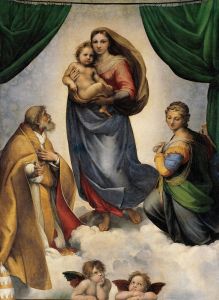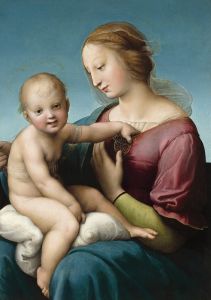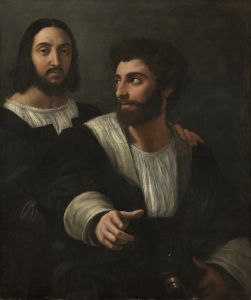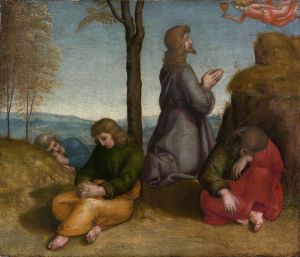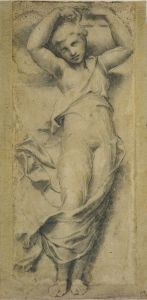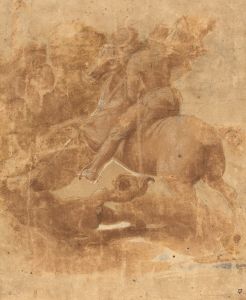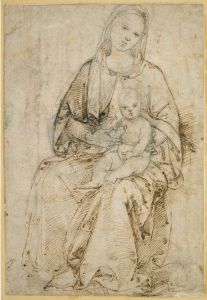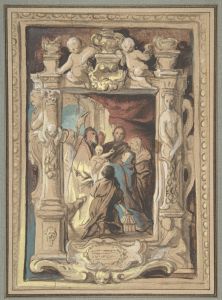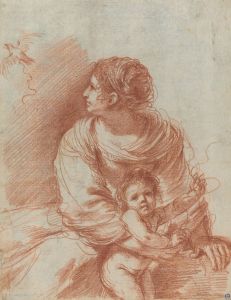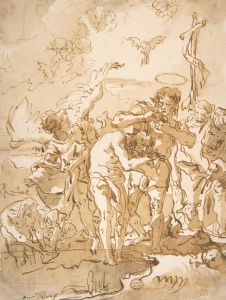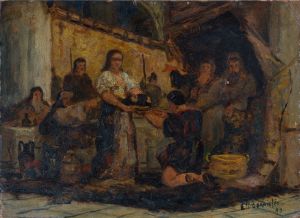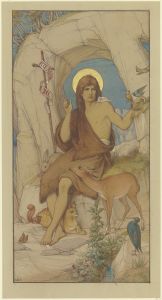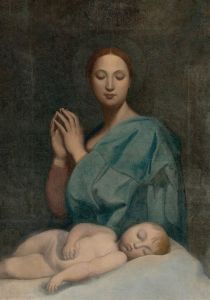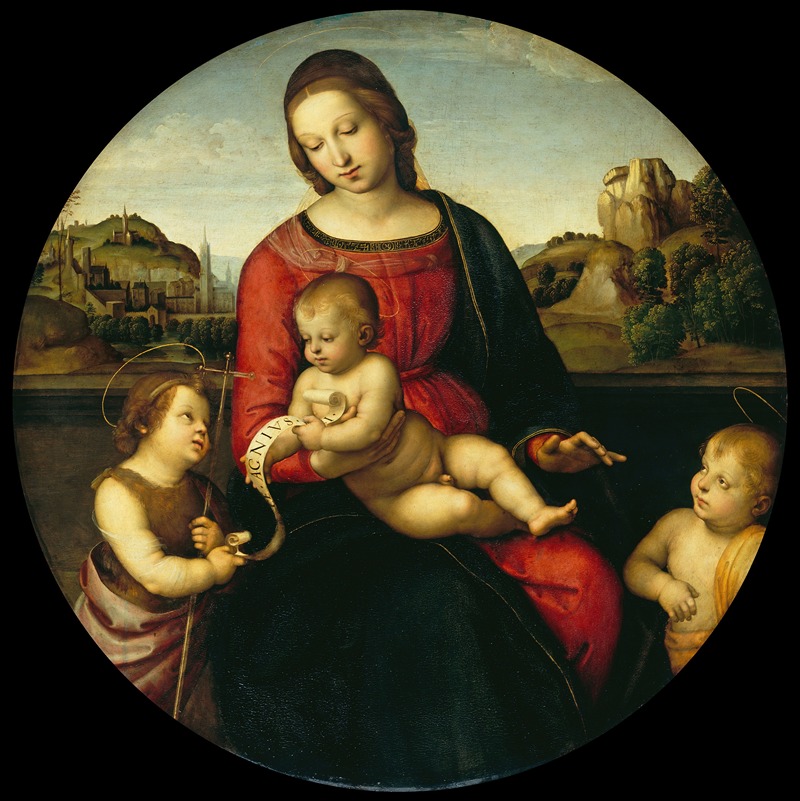
Mary with the Child, John the Baptist and a Holy Boy
A hand-painted replica of Raphael’s masterpiece Mary with the Child, John the Baptist and a Holy Boy, meticulously crafted by professional artists to capture the true essence of the original. Each piece is created with museum-quality canvas and rare mineral pigments, carefully painted by experienced artists with delicate brushstrokes and rich, layered colors to perfectly recreate the texture of the original artwork. Unlike machine-printed reproductions, this hand-painted version brings the painting to life, infused with the artist’s emotions and skill in every stroke. Whether for personal collection or home decoration, it instantly elevates the artistic atmosphere of any space.
"Mary with the Child, John the Baptist and a Holy Boy" is a painting attributed to the Italian Renaissance artist Raphael. The artwork is believed to have been created during the early 16th century, a period when Raphael was gaining prominence for his depictions of religious themes and his mastery of composition, color, and form. The painting portrays the Virgin Mary with the Christ Child, accompanied by a young John the Baptist and another boy, whose identity remains uncertain.
The composition reflects Raphael's characteristic style, marked by harmonious arrangements and serene expressions. Mary is depicted as a tender and maternal figure, holding the Christ Child, who is shown in a playful yet divine pose. John the Baptist, identifiable by his traditional attributes such as a cross-shaped staff or animal skin garment, is positioned near the Christ Child, symbolizing his role as the forerunner of Christ. The inclusion of the "Holy Boy," whose identity is not definitively established, adds an additional layer of complexity to the scene, though his presence is consistent with Raphael's interest in creating dynamic group compositions.
Raphael's use of soft, naturalistic lighting and delicate color transitions enhances the sense of intimacy and divinity in the painting. The figures are arranged in a triangular composition, a hallmark of High Renaissance art, which guides the viewer's eye through the scene and emphasizes the spiritual connection between the characters. The background, though not always detailed in Raphael's works, often includes subtle landscapes that provide depth and context to the figures.
The painting is an example of Raphael's ability to blend human emotion with religious symbolism, a skill that earned him widespread acclaim during his lifetime and solidified his legacy as one of the greatest artists of the Renaissance. However, specific details about the commission, provenance, and current location of "Mary with the Child, John the Baptist and a Holy Boy" are not well-documented, making it challenging to provide a comprehensive history of the artwork.
As with many works attributed to Raphael, questions of authorship and dating have been raised by art historians. Some suggest that the painting may have been completed with the assistance of Raphael's workshop, a common practice during the Renaissance. Despite these uncertainties, the painting remains an important example of Raphael's religious art and his ability to convey profound spiritual themes through his mastery of form and composition.





